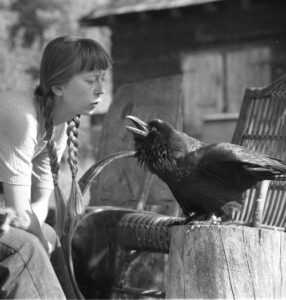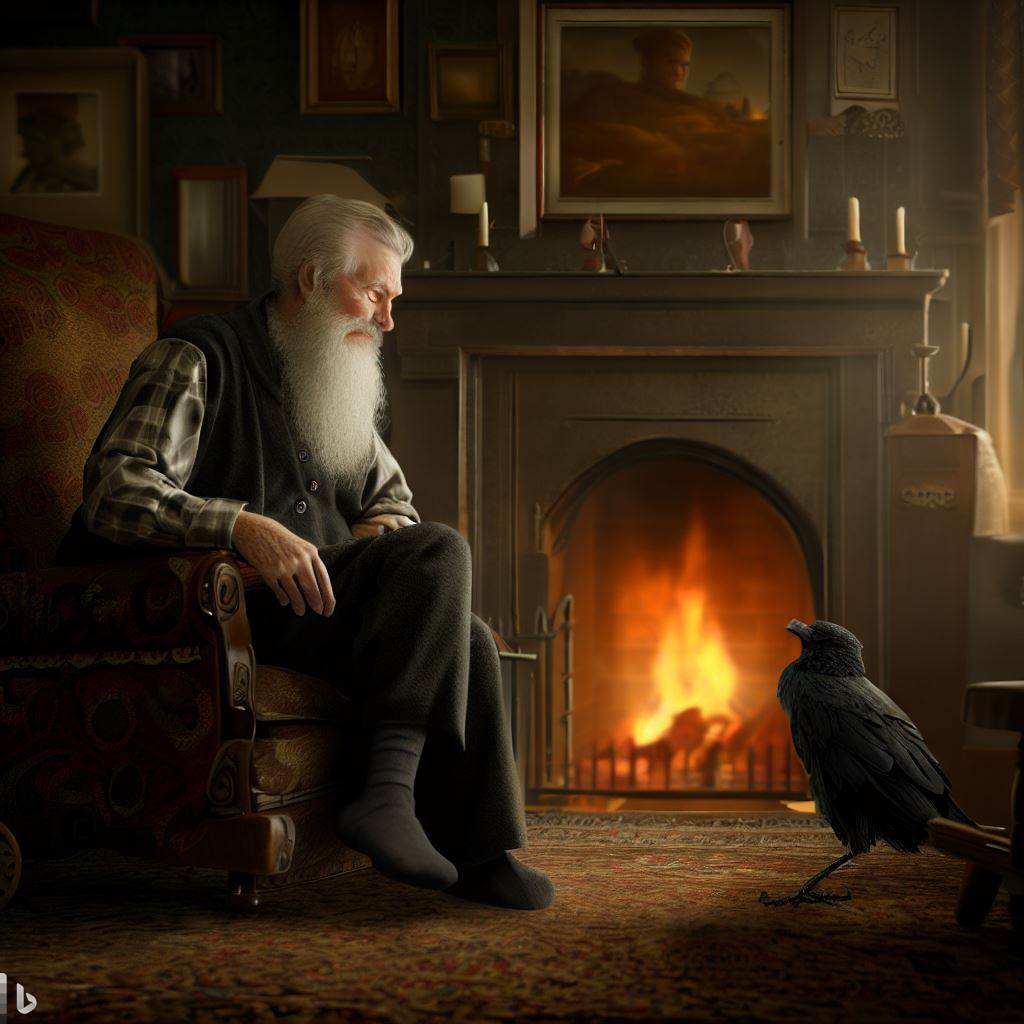
Talk to the Animals

DAY TO DAY IMPROVISATION is a collection of exercises anyone can do almost anywhere to practice their improvisation skills every day.
Anyone with strong connections to non-human animals understands that communication with their furry, feathered, or finned friend is sometimes subtle but something that is certainly happening.
Learning that a cat communicates in soft eye blinks or quick eye flashes of intentions, or that a Dog is a master of status positions to communicate how it wants to be treated gives you insight on mastering human communication.
Your eye contact can be read by some creatures as an invitation in one situation and a threat in another. You may not understand how to talk to a monkey but you know that if the monkey is throwing shit in anger, you may have done something to deserve it. Your actions illicit responses. (For all animals)
See your impact. React quickly to amplify the response or change behaviour to diffuse the situation. It’s a great practice for Improvisers practicing commuication skills.
All my life I’ve tried to talk with animals. A Crow makes a “CAWW!!” in a tree and I call back hoping for a positive response. A cat purrs and I try to purr with him. A dog seems stressed so I turn my body to the side of his and look to the ground to seem like less of a threat. Will he become calm and approach or will he sense some manipulation and bark louder?
Occasionally I have success with a Robin or Woodpecker who responds to my call. We’ll carry on a “conversation” until he, or the people I’m with have had enough. Just yesterday I hit the right tone and click sounds with a Magpie who, instead of flying away, came close enough to touch.
 And if you think that I’m just being weird or fanciful about this improvised animal connecting, read about the late Polish Zoologist Simona Kossak.
And if you think that I’m just being weird or fanciful about this improvised animal connecting, read about the late Polish Zoologist Simona Kossak.
Look at some of the images where she dines with a half-ton wild boar or her friend Korasek – a “terrorist crow” that was known far and wide as a thief and tormentor.
It’s relatively easy to understand the blatant emotions of someone who swears and throws a plate, or someone else who rolls on the ground in laughter. The sign of a great communicator and improviser, however, is astute awareness of the subtle signals of their partner when others see nothing at all. (on stage and off)
Animal interaction and experimenting is a great teacher in learning how to interact more effectively. The exercise I am about to suggest might seem a little crazy. We aren’t used to treating other beings with a respectful intent to communicate. BUT, give it a try and you might find yourself improving as a performer and person.
Talk To The Animals
BENEFITS:
- Develop your awareness of the impact you have on others
- Developing quick interpretation skills
- Adaptation skills
When and Where to practice: Walking down the street, in the woods or other natural environment, outside of your front window. Anytime of the day or night
GOAL:
- Create an impact on an animal so that they choose to have deeper interactions.
- Recognize negative impacts quickly and react to improve the situation.
PROCEDURE:
- Find an animal you know or don’t know. In your home or outside.
- Recognize the state they are in (are they nervous with you around? Are they ignoring you and focused on food? Are they interested in you?
- Make a sound (that you think they might relate to) or enter their space in a small way.
- Recognize the first moment of change in their behaviour. (Pay close attention. Extra blinking, stillness, looking away, and widening eyes may not seem like much but even those subtle changes are massive displays for little creatures who possibly see you as a threat.)
- ADAPT! to what you see or hear. It’s a dialogue so respond to what they give you. Are they bending their knees ready to fly? Then back off. Did they raise their head and take a step sideways? They MIGHT want to approach but are uncertain. Do something that encourages their small offer. (a hand out, sit on the ground and make welcoming sounds)
- *When you first do these things, You don’t know what will work and what won’t. Try, fail. Learn, try again in a different way.
VARIATION:
As a variation, the animal might be in your area but you can’t see it. Possibly a bird is in a tree and you can’t see it. Listen to it and try to mimic it’s sound. Then wait. If you get a response, then respond back with the same sound that the bird made. Or try subtle variations of that sound. You might be viewed as a danger (A strange bird in his territory) or you might be seen as a member of the flock. Can you get the bird to come closer with sound variation?
*Think about what you are doing in this variation. That sound repeating and altering in context is the same way good improvisers learn gibberish. Hear a sound, play and repeat with that sound.
Good Luck. Be a better Improviser by learning to talk with the other earthlings



